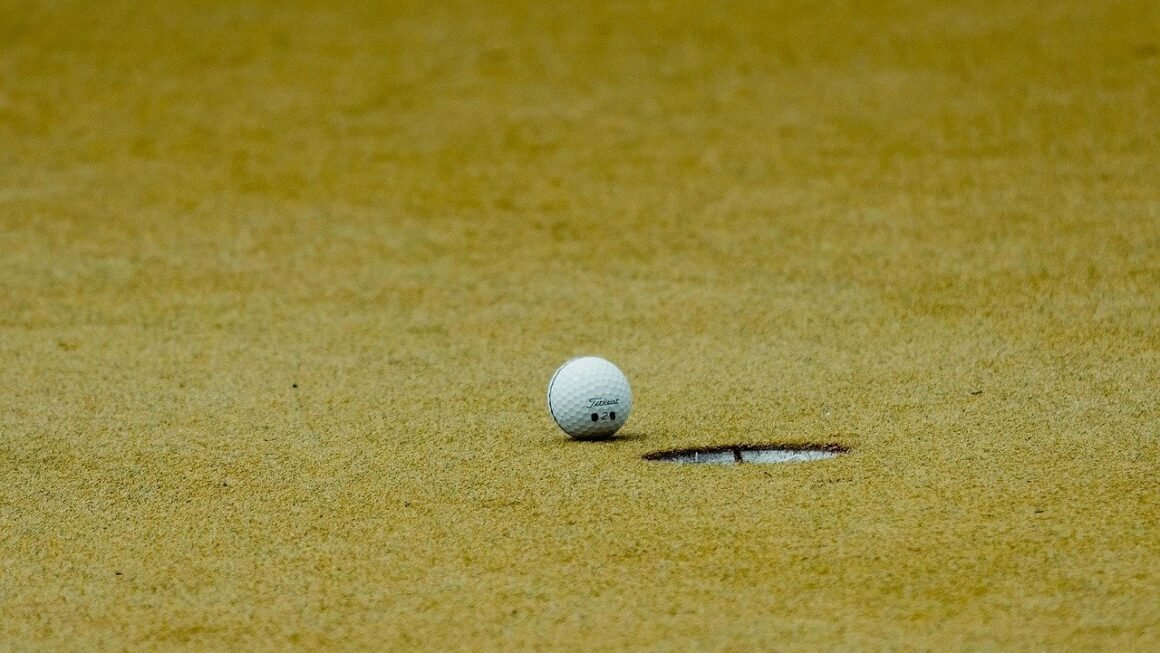Darts, the seemingly simple game of throwing small projectiles at a circular board, is far more complex and captivating than many realize. From local pubs to professional championships, darts transcends social boundaries, bringing people together in friendly competition and showcasing incredible skill. Whether you’re a seasoned player or a curious beginner, understanding the nuances of darts can significantly enhance your enjoyment and performance. This guide will delve into the world of darts, covering everything from the basics to advanced techniques, helping you become a more informed and proficient player.
The Anatomy of Darts and Dartboards
Understanding Dart Components
The dart itself is a carefully engineered piece of equipment, consisting of four main parts:
- Point: The sharp end that penetrates the dartboard. Points can be fixed or replaceable and come in various lengths and materials. Shorter points (around 32mm) are generally preferred for electronic dartboards, while longer points (36-41mm) are more common for bristle dartboards.
- Barrel: The main body of the dart, typically made of tungsten or brass. Tungsten barrels are denser, allowing for a slimmer dart with the same weight, which can improve grouping. Brass barrels are more affordable but tend to be bulkier. The barrel’s shape (straight, torpedo, bomb) affects the dart’s flight characteristics.
- Shaft: Connects the barrel to the flight and is usually made of nylon, aluminum, or carbon fiber. Shaft length influences the dart’s angle of entry into the board; shorter shafts generally create a steeper angle.
- Flight: The “wings” of the dart, providing stability and aerodynamic control. Flights come in various shapes (standard, kite, slim) and materials (polyester, nylon, plastic). Larger flights provide more stability but can slow the dart down, while smaller flights offer less stability but allow for faster speeds.
Dartboard Basics: Segments and Scoring
The standard dartboard is divided into 20 numbered sections, radiating from the center. Key segments include:
- Double Ring: The outer ring, scoring double the number of the segment. Hitting double 20 scores 40 points.
- Treble Ring: The inner ring, scoring triple the number of the segment. Hitting treble 20 scores 60 points.
- Bullseye: The center circle, divided into the outer bull (25 points) and the inner bull, or “double bull” (50 points).
- Single Segments: The remaining areas within each numbered section score the corresponding number. Missing the board altogether scores zero.
Dartboard Materials and Maintenance
Dartboards are typically made from sisal fibers, tightly compressed to form a durable surface. Electronic dartboards use plastic segments with holes that register when a dart hits. Proper maintenance is crucial for extending the life of your dartboard:
- Rotation: Regularly rotate your dartboard to distribute wear evenly across all segments. This prevents certain sections, like the 20, from becoming excessively worn.
- Humidity Control: Avoid placing your dartboard in areas with high humidity, as this can cause the fibers to swell and degrade.
- Dart Removal: Always remove darts from the board with a twisting motion to avoid damaging the fibers.
Stance, Grip, and Throwing Technique
Finding Your Stance
Your stance is the foundation of your throwing technique. Experiment to find what feels most comfortable and stable:
- Straight-On Stance: Facing the board directly, with your throwing shoulder aligned with the bullseye. This provides a balanced position.
- Side Stance: Facing the board at a 45-degree angle, with your non-throwing foot slightly forward. This allows for a more natural arm swing.
- Offset Stance: A variation of the side stance, where your non-throwing foot is positioned slightly behind your throwing foot.
Mastering Your Grip
The grip is how you hold the dart. There’s no single “correct” grip, but these guidelines can help:
- Consistency: Maintain the same grip for every throw to ensure consistent results.
- Relaxation: Avoid gripping the dart too tightly, which can cause tension in your arm and affect your accuracy.
- Finger Placement: Experiment with different finger placements on the barrel to find what feels most comfortable and gives you the best control. A common grip involves using the thumb and index finger for control, with the middle finger providing support.
The Throwing Motion
The throwing motion should be smooth and controlled:
- Drawback: Bring the dart back towards your face, keeping your elbow elevated.
- Forward Swing: Extend your arm smoothly towards the target, releasing the dart at the peak of your throw.
- Follow-Through: Continue your arm motion after releasing the dart, pointing towards the target. This ensures a complete and consistent throw.
- Eye Contact: Keep your eyes focused on the target throughout the entire throwing motion.
- Avoid Jerky Movements: A smooth, fluid motion is key to accuracy.
Strategies and Game Variations
Common Darts Games
- 501/301: The most popular darts game. Players start with a score of 501 (or 301) and must reduce their score to zero by hitting specific targets. The winning dart must be a double.
- Around the Clock (or “Round the Board”): Players must hit each number on the board in sequence, starting with 1 and ending with 20. The first player to complete the sequence wins.
- Cricket: A strategic game where players must “close out” numbers by hitting them three times. The numbers used are typically 20, 19, 18, 17, 16, 15, and the bullseye.
Strategic Target Selection
Choosing the right targets is crucial for success in darts:
- High Scores: Aim for the treble 20 (60 points) to quickly reduce your score in 501/301.
- Setup Shots: Sometimes, it’s strategic to hit a lower-scoring target to set up a better shot for the next throw. For example, hitting a single 19 can position you perfectly for a treble 20 on your next throw.
- Outshots: Planning your final few darts is critical to finishing a game. Common outshots include 40 (double 20), 32 (double 16), and 50 (bullseye).
Mental Game and Focus
Darts is as much a mental game as it is a physical one. Develop these mental skills:
- Concentration: Block out distractions and focus on your target.
- Visualization: Visualize the dart hitting the target before you throw.
- Composure: Stay calm and focused, even under pressure.
- Positive Self-Talk: Encourage yourself and maintain a positive attitude.
Practice Drills for Skill Improvement
Accuracy Drills
- Target Practice: Focus on hitting specific targets, such as the treble 20, double 20, or bullseye. Track your progress and identify areas for improvement.
- Grouping Drills: Aim for a small area of the board and try to group your darts as closely together as possible. This improves your consistency and accuracy.
Checkout Drills
- Outshot Practice: Practice common outshots, such as 40, 32, 50, and other combinations. This will help you finish games more efficiently.
- Random Checkout Practice: Generate random numbers and practice finding the best way to check out from those scores.
Consistency Drills
- Repetition Training: Throw a large number of darts, focusing on maintaining the same stance, grip, and throwing motion. This builds muscle memory and improves consistency.
- Slow Practice: Slow down your throwing motion and focus on each step of the process. This can help identify and correct any flaws in your technique.
Conclusion
Darts is a rewarding game that combines skill, strategy, and mental fortitude. By understanding the equipment, mastering the techniques, and practicing regularly, you can significantly improve your performance and enjoyment of the game. Whether you’re aiming for a casual game with friends or aspiring to compete at a higher level, the world of darts offers endless opportunities for growth and enjoyment. So pick up a dart, focus on your target, and let the game begin!



